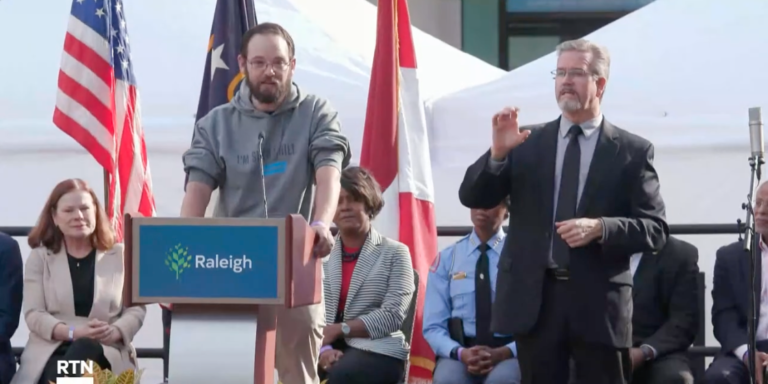News outlets are reporting that the total number of registered electric vehicles in North Carolina has topped 50,000.
While this may seem to be a significant milestone for the niche market, it is not much more than a rounding error when compared to Gov. Cooper’s goals for EVs laid out in an executive order last year.
In it, Cooper declared that the state “will strive” to increase the total number of ZEV’s (zero-emission vehicles) to at least 1.25 million by 2030, and increase the sale of ZEVs so that 50% of in-state sales of new vehicles are zero-emission by 2030.
For some perspective, the 51,500 EVs amounts to 59 EVs for every 10,000 registered vehicles in the state, equivalent to just over one-half of one percent (0.59%).
To reach Cooper’s goal, the number of EVs registered in NC would need to increase nearly 25-fold in just seven years, a spike of almost 2,500%.
Nationally, about six percent of new vehicle sales are EVs, a rate brought up by California’s 18% adoption rate. To bring North Carolina’s sale of EVs up to 50% of all new vehicle sales by 2030 would require nothing short of a dramatic forcible overhaul of the state’s auto industry.
Fortunately, Cooper’s executive order has no legal enforcement mechanism, but it is emblematic of the “green energy” movement’s desire to use government coercion to control large swaths of the economy and to punish the poor with higher energy bills and a restriction of affordable vehicle choices – policies which just happen to enrich the movement’s political benefactors.


